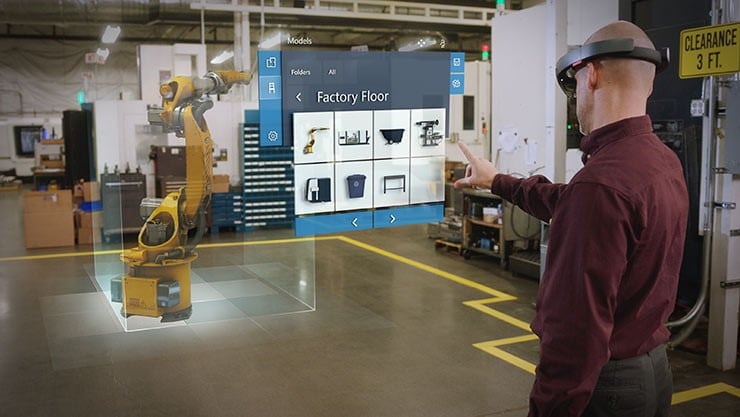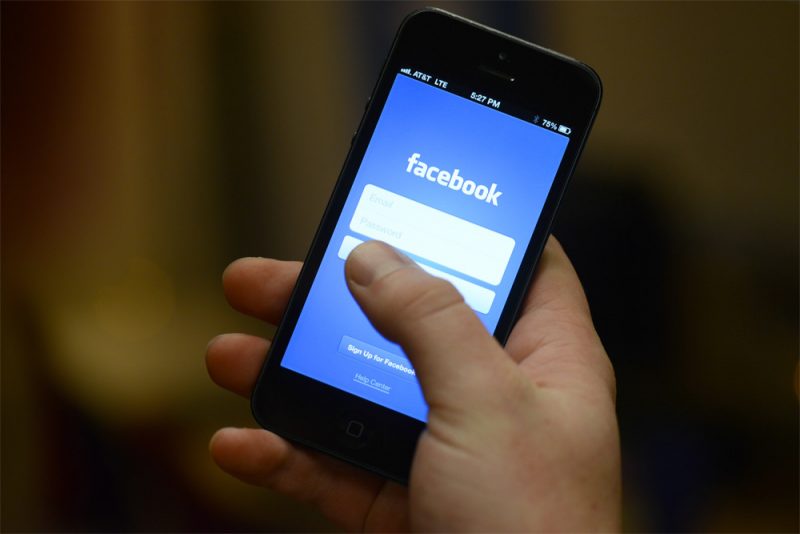Microsoft has been given a $22 billion contract by the U.S. Army to supply its augmented reality headsets for the troops.
The Integrated Visual Augmentation System (IVAS) headsets are based on HoloLens and augmented by Microsoft Azure cloud services and will keep Soldiers safer and make them more effective. The headsets were originally meant for the video game and entertainment industries.
The Pentagon described it as futuristic technology, which will boost soldiers’ awareness of their surroundings and their ability to spot targets and dangers. The Army said that their soldiers tested the gadgets. It said the system could help troops gain an advantage “on battlefields that are increasingly urban, congested, dark and unpredictable.”

The head-mounted HoloLens display virtual imagery superimposed over the physical world in front of them — anything from holograms in virtual game worlds to repair instructions floating over a broken gadget. The program delivers enhanced situational awareness, enabling information sharing and decision-making in a variety of scenarios.
Microsoft worked closely with the U.S. Army the past two years to develop the Soldier Centered Design to enable rapid prototyping.
The Army initially gave a $480 million contract in 2018 to Microsoft for the headsets and continually tested its usage in combat and training. The new contract will enable Microsoft to mass produce units for more than 120,000 soldiers in the Army Close Combat Force.
The full deal will cost up to $21.88 billion over the next decade, with a five-year base agreement that can be extended for another five years, says Microsoft.
Congress had passed a $740 billion defense policy bill in January, and it is not clear if this deal forms a part of it. The bill affirmed a 3% pay raise for U.S. troops but included cuts to the headset initiative.
Sen. Jack Reed, A Rhode Island Democrat who leads the Senate Armed Services Committee, said on Wednesday that the technology is promising but “it’s our job to raise issues if the technology isn’t meeting the needs of our troops now and in the future.”
At a committee hearing in February, Microsoft President Brad Smith had said that the technology could integrate thermal night vision and facial recognition to provide soldiers with “real-time analytics” on remote battlefields. He also described how it could help in planning a hostage rescue operation by creating a “digital twin” of the building.
But concerns were raised about the headsets by Microsoft employees themselves, who felt that the headsets’ tech had the potential to reduce real live battle situations to video game levels.
For the past five to eight years, the virtual war battle games were coming with VR goggles, though they did not gain much traction s with the gamers. Microsoft pivoted away from consumer applications for its second-generation HoloLens 2, introduced in 2019, which is the basis for the Army’s new gadgets. The HoloLens 2 is now mostly sold for tools to help surgeons, factory crews and others. Users can often control what’s on their screens using hand gestures or voice commands. Microsoft earlier got a comprehensive order worth $10 billion from the Pentagon in September last year for cloud computing.
The order is still stuck in a legal wrangle with Amazon, who said the bidding was unfair.
A blog post on the Microsoft site said, “We appreciate the partnership with the U.S. Army, and are thankful for their continued trust in transitioning IVAS from rapid prototyping to rapid fielding. We look forward to building on this successful partnership with the men and women of the U.S. Army Close Combat Force.”






